Get Smart (1969) – Season 5
Get Smart
Backdrop for Get Smart.
Used for reference and discovery. All rights belong to their respective owners.
All episodes from Get Smart (1969) Season 5
|
|
Get Smart (1969) Season 5
Season 5 of Get Smart premiered in 1969 and marks an important evolution for the series as a whole. This new chapter expands the story world while deepening the emotional resonance that has always defined the show. From the opening scenes, it becomes clear that the narrative has grown more reflective, embracing mature themes and layered storytelling. The season builds upon the foundations of previous installments but takes greater creative risks—experimenting with pacing, tone, and structure to deliver a more sophisticated experience. Viewers are invited to follow characters who are no longer just reacting to their world but actively shaping it, sometimes at great personal cost. The writing team crafts each episode with a strong sense of purpose, blending drama and tension with quieter, introspective moments that allow the story to breathe. The result is a season that feels cohesive yet unpredictable, familiar yet filled with new emotional depth.
Visually, Get Smart has never looked better. The production team approaches Season 5 with the confidence of a series that understands its own identity while still pushing boundaries. Every frame feels intentional: the lighting shifts from warmth to shadow to mirror internal conflict, and the camera often lingers on gestures or expressions that reveal more than words ever could. The color palette is rich yet grounded, reflecting the evolving tone of the story—from moments of hope to scenes of quiet despair. The costume and set design remain meticulously detailed, each environment telling a subtle part of the story. The music plays a key role as well, weaving emotional cues that guide viewers through tension, loss, and revelation. Even in its more restrained episodes, the season maintains a cinematic quality that rewards careful attention. This isn’t spectacle for spectacle’s sake—it’s a visual language that reinforces the emotional weight of each scene.
One of the strongest aspects of Season 5 is its focus on character evolution. The series refuses to let its characters remain static; instead, it challenges them to confront new dilemmas that test their beliefs and relationships. Long-time viewers will notice that familiar faces return under different circumstances, shaped by the consequences of their past choices. Meanwhile, new characters are introduced with purpose, expanding the story’s scope without diluting its focus. Each major character undergoes a journey that feels personal and believable—struggling with guilt, ambition, loyalty, and the search for identity. Some face external conflicts that mirror their internal battles, while others quietly unravel under the weight of memory and regret. The emotional honesty of the performances gives the season its power. Every exchange, whether whispered in a dimly lit room or shouted in desperation, carries meaning. It’s in these human moments—subtle, flawed, and deeply felt—that the show continues to earn its reputation as one of the most emotionally intelligent series of its kind.
As the episodes progress, threads from earlier seasons begin to intertwine in ways that feel both surprising and inevitable. The pacing is deliberate but never sluggish, allowing storylines to breathe and intersect naturally. Small details that once seemed incidental take on new significance, revealing just how carefully the season has been constructed. There are moments of revelation that leave audiences stunned, not because they are shocking for their own sake, but because they arise naturally from the logic of the narrative. Themes of forgiveness, accountability, and the cyclical nature of conflict are explored through parallel storylines, each offering a different perspective on what it means to change—or to refuse change. The writing shows restraint, trusting viewers to connect the dots rather than spelling out every emotion or motivation. The final stretch of episodes builds to a powerful crescendo, culminating in a finale that is both satisfying and open-ended. It honors what came before while laying the groundwork for future possibilities.
In its entirety, Season 5 of Get Smart stands as a confident, emotionally resonant continuation of the series’ legacy. It refines everything that fans love about the show—its attention to character, its moral complexity, its ability to blend realism with symbolism—while introducing new storytelling techniques that keep it fresh. The pacing, performances, and atmosphere come together to form a season that feels thematically rich and visually distinct. Whether you’re revisiting the series or experiencing it for the first time, this chapter offers something rare: a story that entertains while encouraging reflection. The writers understand that lasting impact comes not just from big moments, but from the quiet truths that linger after the credits roll. Season 5 invites audiences to think, to feel, and to question—and in doing so, it cements Get Smart as one of the most thoughtful and compelling shows of its era.
| Title | Get Smart | |
|---|---|---|
| Genre | Comedy, Sci-Fi & Fantasy | |
| Air Date | 1969-09-26 | |
| Season | 5 | |
| Total Episodes | 26 | |
| Overview | Get Smart is an American comedy television series that satirizes the secret agent genre. Created by Mel Brooks with Buck Henry, the show stars Don Adams, Barbara Feldon, and Edward Platt. Henry said they created the show by request of Daniel Melnick, who was a partner, along with Leonard Stern and David Susskind, of the show's production company, Talent Associates, to capitalize on "the two biggest things in the entertainment world today"—James Bond and Inspector Clouseau. Brooks said: "It's an insane combination of James Bond and Mel Brooks comedy." This is the only Mel Brooks production to feature a laugh track. The success of the show eventually spawned the follow-up films The Nude Bomb and Get Smart, Again!, as well as a 1995 revival series and a 2008 film remake. In 2010, TV Guide ranked Get Smart's opening title sequence at No. 2 on its list of TV's Top 10 Credits Sequences, as selected by readers. |
|
| Stars |
|
|
Get Smart - Season 5

Episode 1: Pheasant Under Glass
September 26, 1969
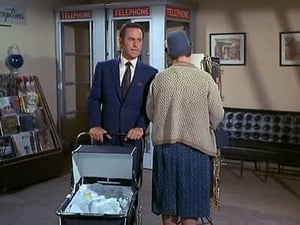
Episode 2: Ironhand
October 3, 1969
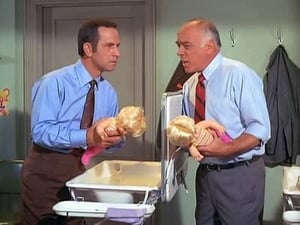
Episode 3: Valerie of the Dolls
October 10, 1969
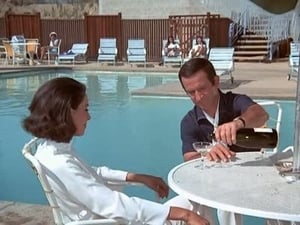
Episode 4: Widow Often Annie
October 17, 1969
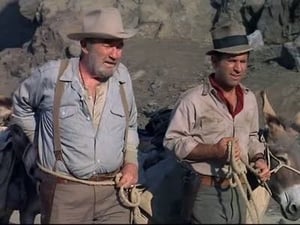
Episode 5: The Treasure of C. Errol Madre
October 24, 1969

Episode 6: Smart Fell on Alabama
October 31, 1969
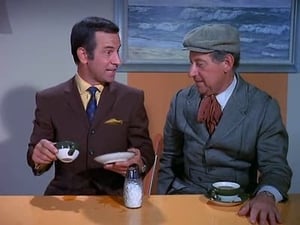
Episode 7: And Baby Makes Four (1)
November 7, 1969
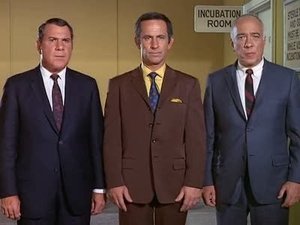
Episode 8: And Baby Makes Four (2)
November 14, 1969

Episode 9: Physician: Impossible
November 21, 1969
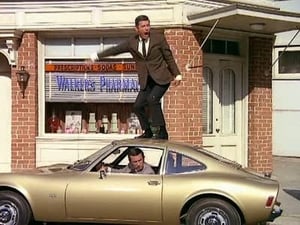
Episode 10: The Apes of Rath
November 28, 1969
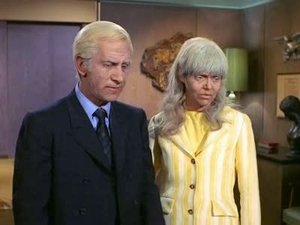
Episode 11: Age Before Duty
December 5, 1969
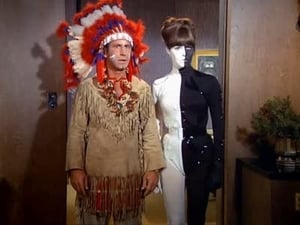
Episode 12: Is This Trip Necessary?
December 12, 1969
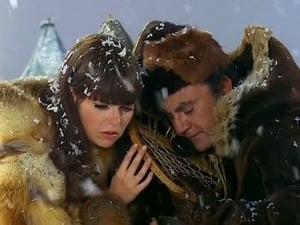
Episode 13: Ice Station Siegfried
December 19, 1969
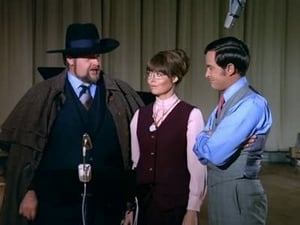
Episode 14: Moonlighting Becomes You
January 2, 1970

Episode 15: House of Max (1)
January 9, 1970
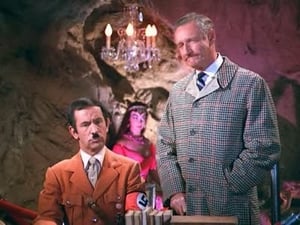
Episode 16: House of Max (2)
January 16, 1970
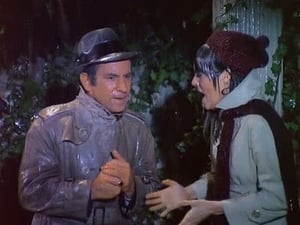
Episode 17: Rebecca of Funny-Folk Farm
January 23, 1970

Episode 18: The Mess of Adrian Listenger
January 30, 1970

Episode 19: Witness for the Execution
February 6, 1970
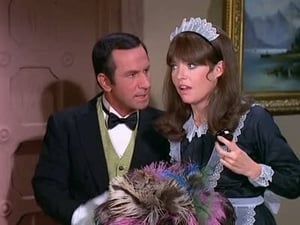
Episode 20: How Green Was My Valet
February 13, 1970
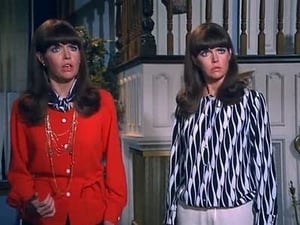
Episode 21: And Only Two Ninety-Nine
February 20, 1970

Episode 22: Smartacus
February 27, 1970

Episode 23: What's It All About, Algie?
April 24, 1970

Episode 24: Hello, Columbus - Goodbye, America
May 1, 1970

Episode 25: Do I Hear a Vaults?
May 8, 1970
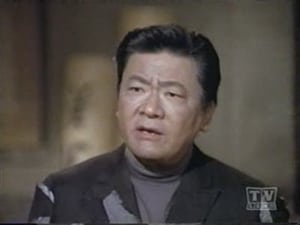
Episode 26: I Am Curiously Yellow
May 15, 1970








